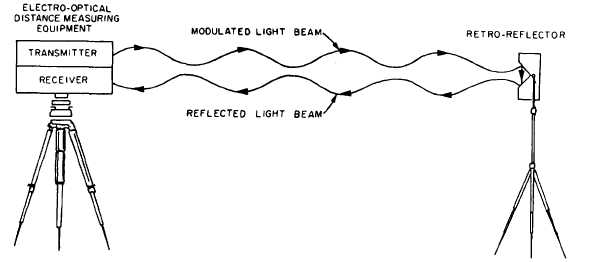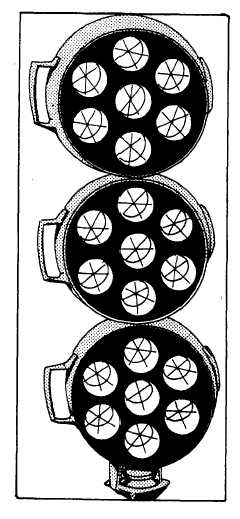Figure 12-26.-Light wave reflector units, stacked.
traffic is proceeding as usual, there is the
ever-present idanger of being hit by a vehicle.
In the midst of such a variety of constant
dangers, the only way to prevent injury is by the
exercise of continual care and vigilance. Every
person in a party must be aware of all existing
hazards, be able to recognize a hazardous
situation, and be trained to take the correct
preventive measures.
Indeed, it is common practice for surveying
field crews to prepare a CHECKLIST of essential
items, personal protective equipment, communi-
cation gear, and other miscellaneous items relative
to their line of work.
ADMINISTERING FIRST AID
If personal injuries do occur, it is essential that
the injuries be taken care of to the extent possible
by the application of first aid. The Standard First
Aid Training Course, NAVEDTRA 10081 (latest
revision), defines first aid as “the emergency care
given sick or injured persons until regular medical
or surgical aid can be obtained.” Your principal
source of information on first aid is the Standard
First Aid Training Course.
Every person in a field party should be able
to administer first aid, regardless of how junior
in rate and experience each person may be. A
chaining party may consist of only two persons,
one of whom may be very junior in rate and time
in service. Since the party chief may be the one
injured, the junior member of the party would
be responsible for administering first aid.
Figure 12-27.-Typical configuration of a light
12-27
wave distance-measuring device.




